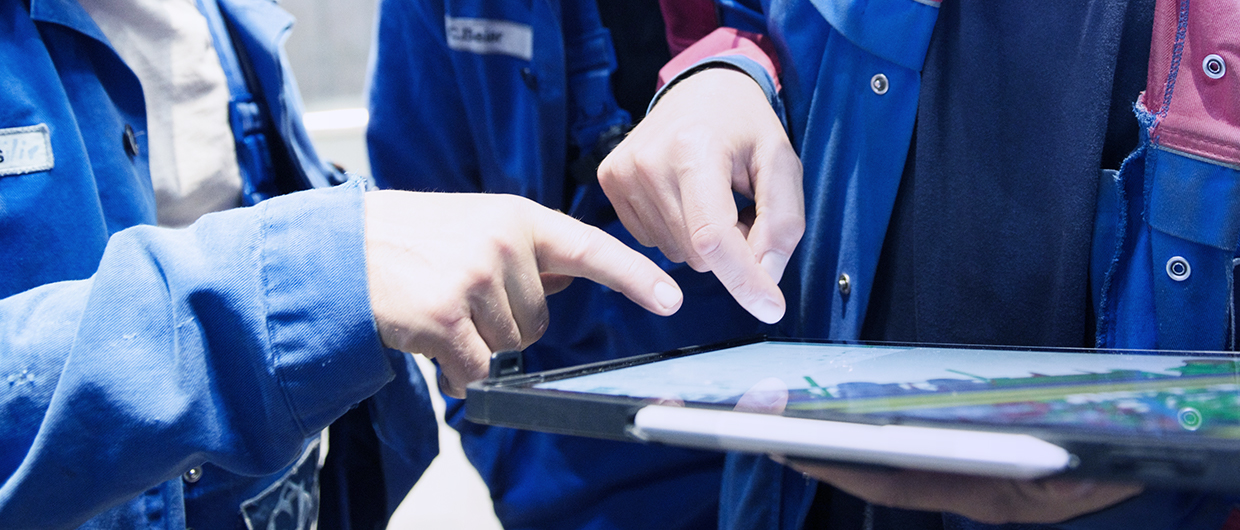Just like Lego
Modern shipbuilding uses modular construction processes. Our engineers use computer programmes to break the ship down into small, Lego-like pieces. Each module is pre-assembled – including all the necessary fittings, such as cable shafts, air conditioning ducts and even balconies. The individual building blocks are only joined, welded together and wired at the dry docks right at the end. This means different groups of specialists can work simultaneously on one ship to drastically reduce the construction time.
Cutting-edge design software
Shipbuilding is a modern industry that brings together a wide range of technology in a limited space. A river cruise ship is a floating city, featuring everything you’d expect from an actual city, such as power supplies, air conditioning systems, fresh and waste water technology, inventory management and waste disposal. The same can be said of the floating engine room units: These complex sections house all the necessary drive and supply systems across four decks – from engines and gensets to LNG tanks.
The development and construction of our products is a highly complex and challenging operation. That’s why computer-aided technology is integrated at every stage, from planning to completion. How many kilometres of cables have to be laid in the engine room and how much do they cost? How does the weight have to be distributed to ensure the ship remains stable in the wind and waves? When does each production stage have to begin to ensure the timely delivery to the shipyard or shipping company? Which materials have to be used to ensure fire safety and soundproofing? All these questions – and many, many more – have to be considered by our designers. That’s why we first design and construct our ships and units using virtual 3D models and moving visualisations. Each new ship has to be recalculated, and each new unit is refined with technical innovations.
The work at our shipyard reflects the principles of Industry 4.0 – all stages are planned, processed and controlled using digital and highly automated means. After all, every last cog has to fall into place to ensure the highest quality within the agreed budgets and deadlines.
Logistical Achievements
Logistics is a crucial aspect of the shipbuilding industry. Lots of parts have to come together in the right place at the right time for the construction of our imposing ocean liners – and maximum attention has to be paid to environmental concerns. We plan our transport routes intelligently to save fuel and reduce exhaust emissions. Fuel-efficient machinery and equipment is another important aspect of our sustainability.
Thanks to more efficient planning, NEPTUN Logistik has been able to reduce the size of its forklift fleet and at the same time switch to new electric forklifts with ergonomic controls. This saves 100 tonnes of CO2 every year.
We continually monitor the eco-friendliness of all process at our shipyard – especially our logistical issues – because we attach great importance to the responsible consumption of resources. That’s why environmental protection is firmly anchored in our company principles. This not only applies to our shipyard processes, but also to the ships and units themselves.
